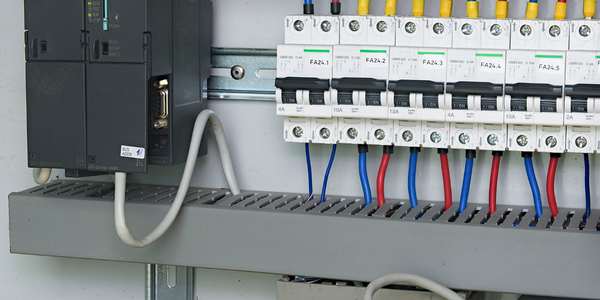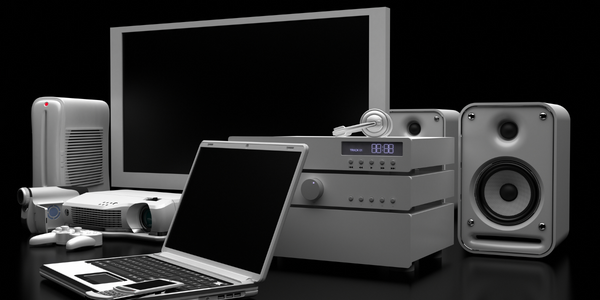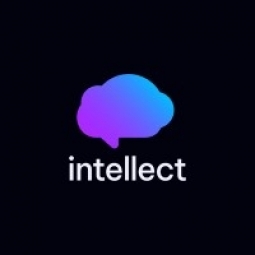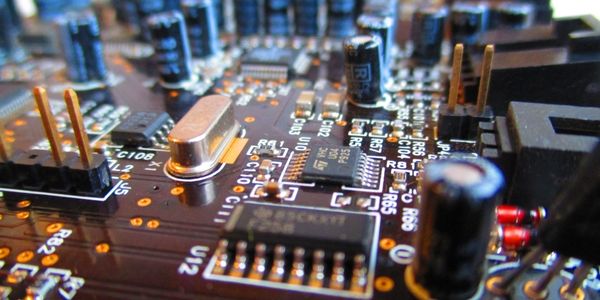Customer Company Size
Large Corporate
Region
- America
Country
- United States
Product
- Intellect BPM solution
Tech Stack
- Business Process Management
Implementation Scale
- Enterprise-wide Deployment
Impact Metrics
- Productivity Improvements
- Cost Savings
Technology Category
- Application Infrastructure & Middleware - Data Exchange & Integration
Applicable Industries
- Electronics
Applicable Functions
- Product Research & Development
Services
- System Integration
About The Customer
The customer is a leading manufacturer of component quality home stereo loudspeakers, high-end, integrated music, and home theater systems based in Massachusetts. They are one of the largest and best-known audio technology companies in the world, maintaining an exceptionally strong commitment to research. This allows them to consistently offer customers the latest in cutting-edge audio equipment. The company is also known for manufacturing acoustically customized automobile systems.
The Challenge
The Massachusetts-based audio technology company was struggling with an inefficient and manual process for managing their product development lifecycle. The process was captured in a series of Excel spreadsheets, Visio diagrams, and reports that were generated manually by a dedicated department. This resulted in miscommunication throughout the project, countless hours in meetings, loss of time, and disorganized data that was never easy to share. The company needed an automated process management system that would track their project development throughout the various phases: concept, design, development, manufacturing, and quality. However, none of the off-the-shelf solutions in Project Management or Product Lifecycle Management fit their process without major and costly customization.
The Solution
The company selected Intellect as their new Business Process Management (BPM) solution primarily due to its rapid development ability to capture their process exactly. It only took one person to do the initial deployment and an in-house employee to learn the system. Within 3 months, the whole system was implemented. All the spreadsheets were replaced by Intellect templates, organized with a workflow system that assigned each user their activity when due, providing them the exact information at the right time. In addition, the workflow diagram provided executives a real-time view on each project as well as a portfolio dashboard that can be drilled into as needed. The speed of deployment was due to the Intellect platform’s unique framework which does not require programming, yet is still easily scalable and affordable.
Operational Impact
Quantitative Benefit

Case Study missing?
Start adding your own!
Register with your work email and create a new case study profile for your business.
Related Case Studies.

Case Study
Remote Temperature Monitoring of Perishable Goods Saves Money
RMONI was facing temperature monitoring challenges in a cold chain business. A cold chain must be established and maintained to ensure goods have been properly refrigerated during every step of the process, making temperature monitoring a critical business function. Manual registration practice can be very costly, labor intensive and prone to mistakes.

Case Study
Predictive maintenance in Schneider Electric
Schneider Electric Le Vaudreuil factory in France is recognized by the World Economic Forum as one of the world’s top nine most advanced “lighthouse” sites, applying Fourth Industrial Revolution technologies at large scale. It was experiencing machine-health and unplanned downtime issues on a critical machine within their manufacturing process. They were looking for a solution that could easily leverage existing machine data feeds, be used by machine operators without requiring complex setup or extensive training, and with a fast return on investment.

Case Study
Cloud Solution for Energy Management Platform-Schneider Electric
Schneider Electric required a cloud solution for its energy management platform to manage high computational operations, which were essential for catering to client requirements. As the business involves storage and analysis of huge amounts of data, the company also needed a convenient and scalable storage solution to facilitate operations efficiently.

Case Study
Leveraging the IoT to Gain a Competitive Edge in International Competition
Many large manufacturers in and outside Japan are competing for larger market share in the same space, expecting a growing demand for projectors in the areas of entertainment, which requires glamor and strong visual performance as well as digital signage that can attract people’s attention. “It is becoming more and more difficult to differentiate ourselves with stand-alone hardware products,” says Kazuyuki Kitagawa, Director of Service & Support at Panasonic AVC Networks. “In order for Panasonic to grow market share and overall business, it is essential for us to develop solutions that deliver significant added value.” Panasonic believes projection failure and quality deterioration should never happen. This is what and has driven them to make their projectors IoT-enabled. More specifically, Panasonic has developed a system that collects data from projectors, visualizes detailed operational statuses, and predicts issues and address them before failure occurs. Their projectors are embedded with a variety of sensors that measure power supply, voltage, video input/ output signals, intake/exhaust air temperatures, cooling fan operations, and light bulb operating time. These sensors have been used to make the projector more intelligent, automatically suspending operation when the temperature rises excessively, and automatically switching light bulbs. Although this was a great first step, Panasonic projectors were still not equipped with any capability to send the data over a network.









